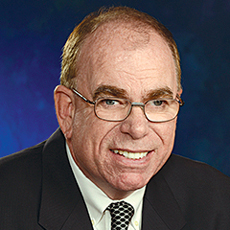
If you feel that regulatory compliance has become the bane of your existence, you’re hardly alone. We seem to be living in times where requirements populate faster than toads.
But operators may be in for some relief in the months and years to come.
Let’s start with the Trump administration’s use of the Congressional Review Act. This tool has been used to repeal more than a dozen rules put in place near the end of the Obama administration. By some estimates, this move alone will save businesses more than $1 billion each year.
President Trump also has called on agencies to repeal two rules for each new one they put in place. While it may be too early to judge how effective this effort has been, anecdotal evidence suggests agencies are making inroads. By one estimate, federal agencies released 1,509 rules during Trump’s first six months in office. During Obama’s first six months, the total was 1,865.
Of the more recent 1,509 rules, 99 carried an annual economic impact of $100 million or more. Obama had 173 of these significant rules in first six months.
Moreover, Bloomberg is reporting that the Office of Information and Regulatory Affairs processed 67 regulatory actions in the first six months of this administration. Such actions include notices, proposals and final rules. That’s less than a third of the 216 actions seen over the same period for President Obama.
President Trump also has ordered each agency to create a Regulatory Reform Task Force to evaluate existing regulations, with an eye toward scaling back or eliminating as many as possible.
Finally, in a blog published earlier this week, Centers for Medicare & Medicaid Services Administrator Seema Verma said her organization is targeting initiatives aimed at alleviating providers’ burdens and simplifying federal regulations.
Among the requirements that could be targeted are “unnecessarily time-consuming” documentation for payment and quality reporting; electronic health records that have “distanced” providers from their patients and new payment models that have “added yet another layer of rules and requirements,” Verma wrote.
“Our agency must make it easier for [caregivers] to focus on doing the work that patients and families need them to do without causing them to be subject to excessive regulatory and administrative burden,” she added.
If the industry’s collective response to these developments could be distilled to a single word, it would be this: Amen.
John O’Connor is editorial director of McKnight’s Senior Living. Email him at [email protected].



